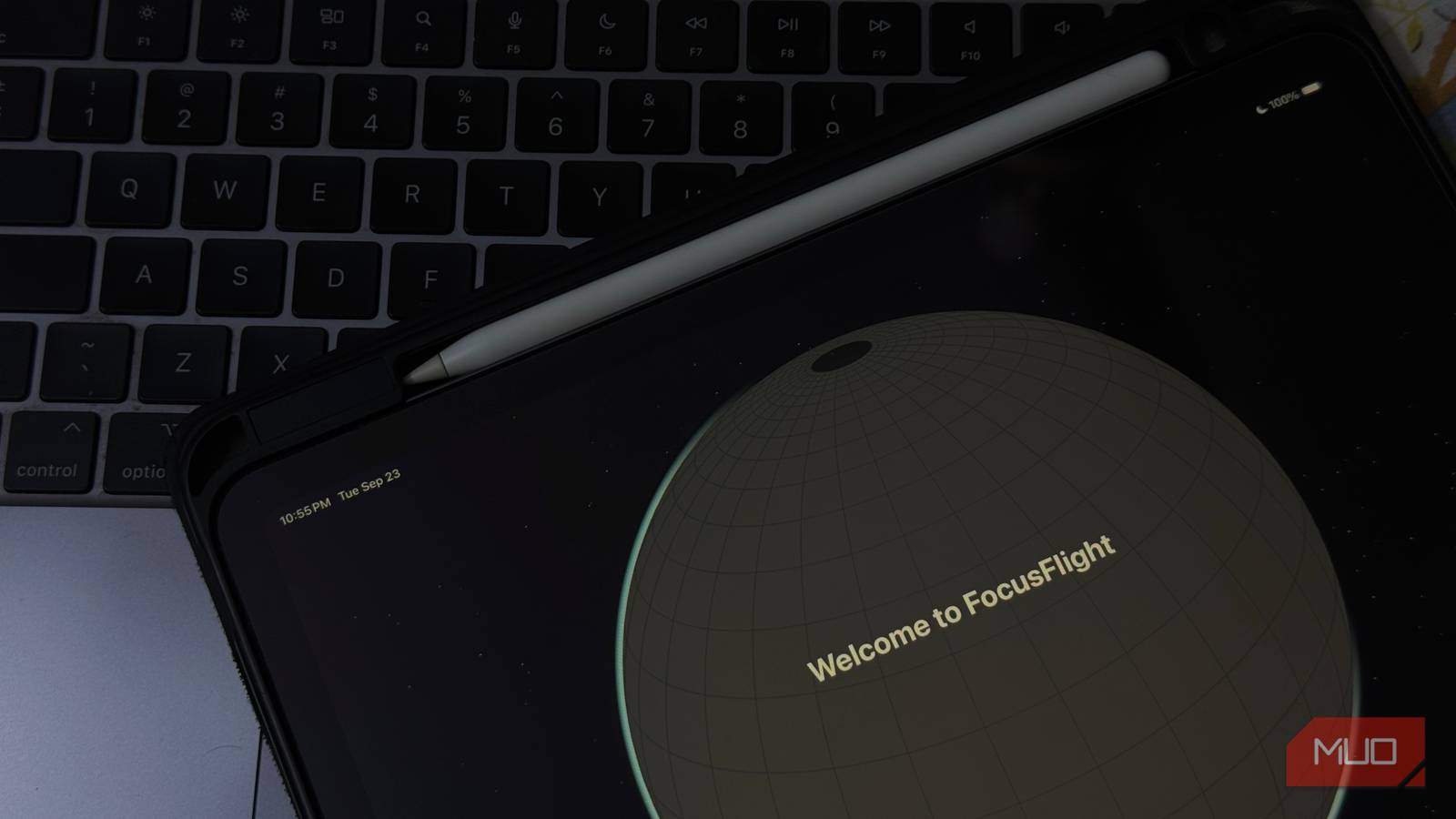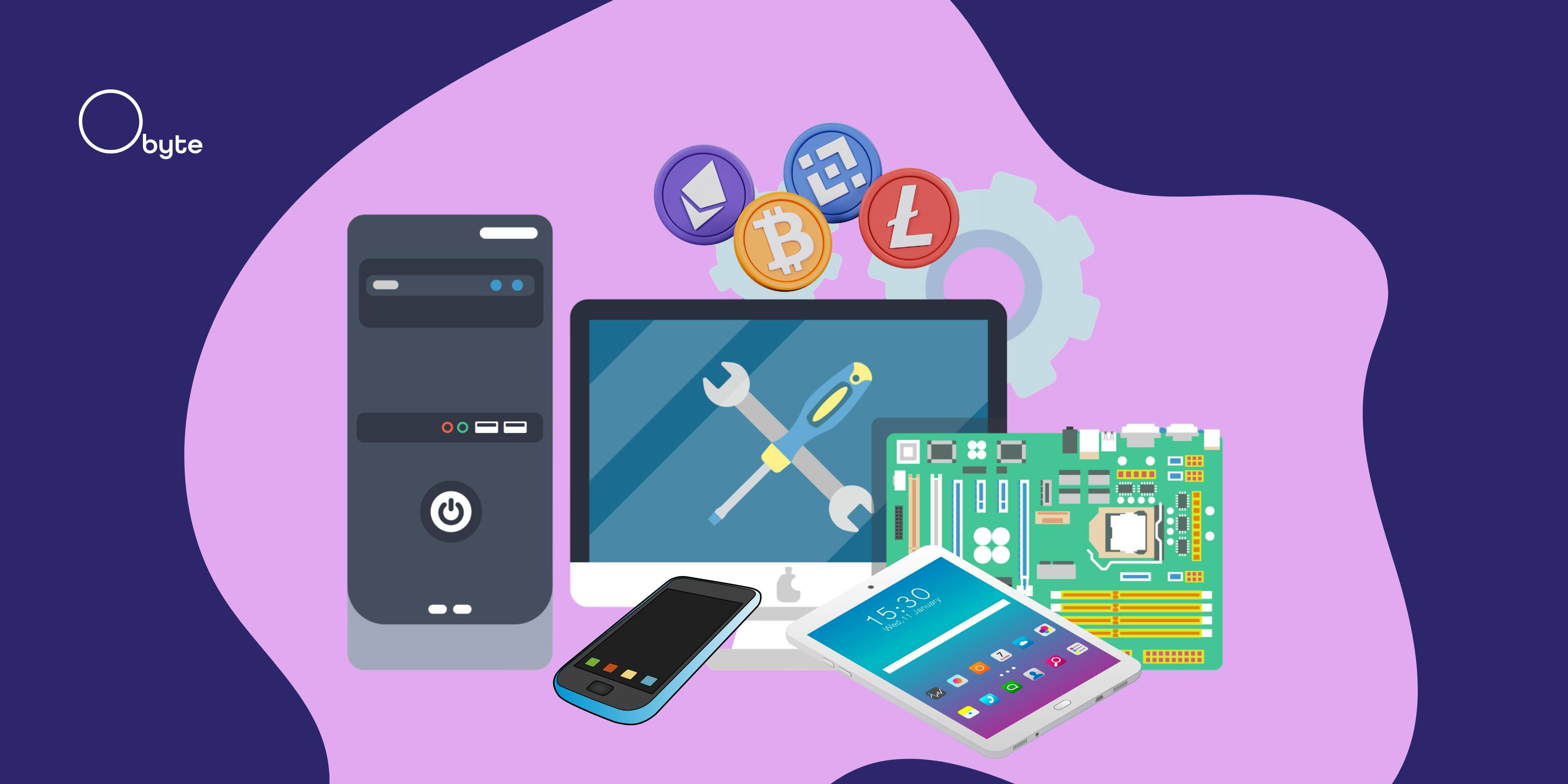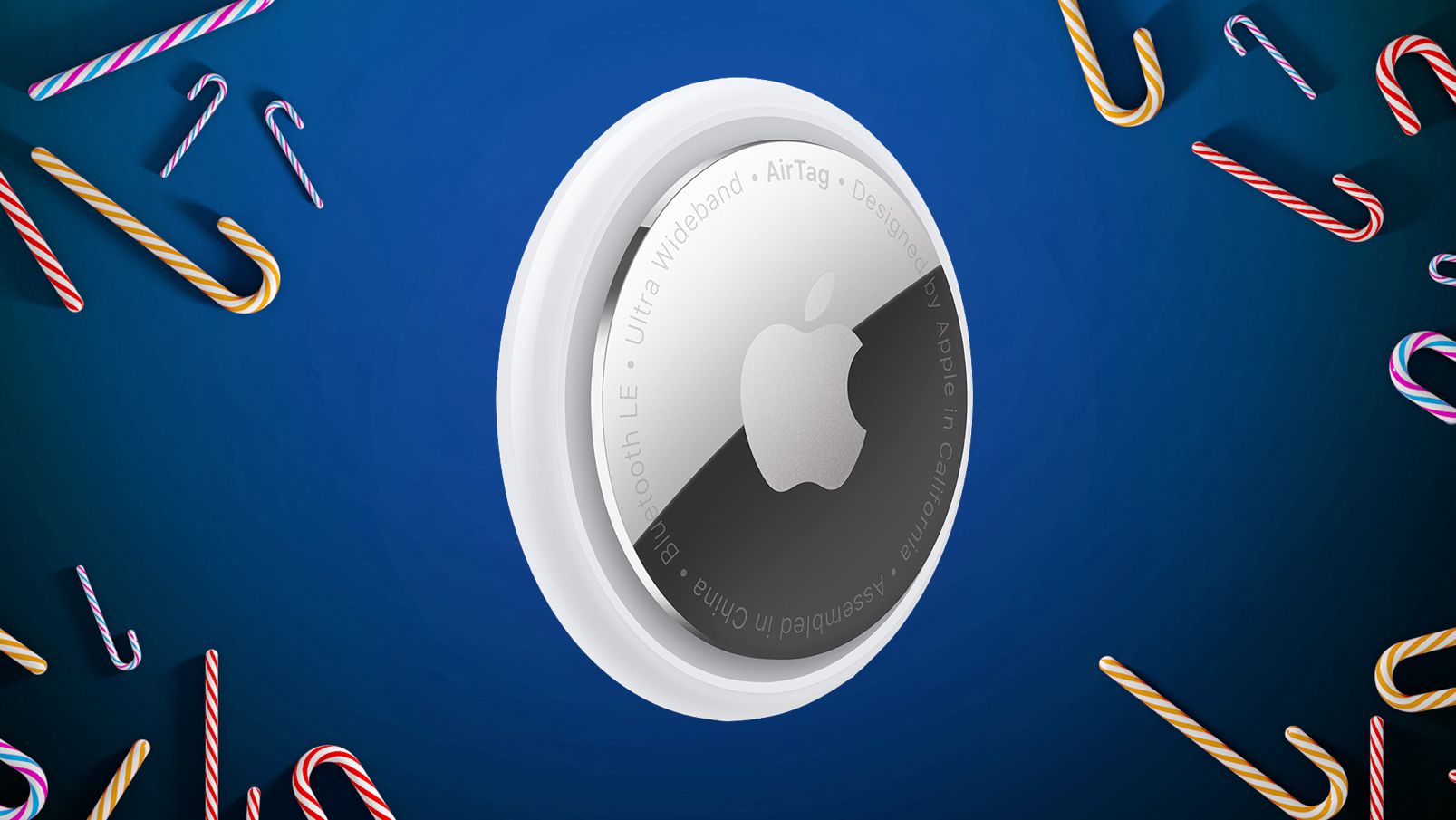Proton Mail is one of the most secure and private email services on the planet. That’s not just my opinion; the company has won several legal battles related to its claims, and its long-standing presence in Switzerland means it’s covered by some of the world’s strongest privacy laws.
And now, Proton is pushing on in its quest to bring you better, more private email with a complete rebuild of the Proton Mail iOS and Android apps, delivering a speedier, smoother email experience.
Proton Mail’s rebuild brings plenty of speed and new features to boot
It’s not just privacy that matters
Proton has rebuilt Proton Mail on iOS and Android, reworking its popular privacy-focused email service from the ground up. The apps use a completely new codebase designed to boost speed and efficiency, which, in fairness, many Proton Mail users have griped about in the past.
There are a few key changes that have gone into making the apps faster. Notably, Proton opted to unify most of its code base across the apps, which makes development, updates, and bug fixes much faster. It also means iOS and Android users will have feature parity—no more looking across the aisle and wondering why you don’t have a certain feature.
The shift also means both the iOS and Android apps are now native to both operating systems. This alone will account for a significant boost in speed and efficiency when using Proton Mail.
While I’m yet to try the updated apps, I’m keen to see if the claims that “routine actions, like scrolling the inbox, archiving threads, or replying on the go” really do feel quicker. I’ve never considered Proton Mail to be particularly slow, but then again, I only use it to manage a small proportion of my incoming mail.
I can imagine that those using Proton Mail to manage all of their emails or with large email inboxes may find it slightly more frustrating to use, even if the privacy is very much worth it. It’s definitely a whole world more private than Gmail, that’s for sure.
Proper offline mode
One of the most requested Proton Mail features
Proton Mail’s long-time users will be ecstatic that Proton is finally delivering a proper offline mode. I’m far from alone in occasionally cursing Proton Mail’s lack of an offline mode, as it always seems to affect me at the worst moments. Need to check for a ticket or something? Bam, I’m offline and can’t access my emails.
Proton says that the new offline mode will sync everything up once you’re back online, and that reading, writing, and email management should work as expected without an email connection.
Up until now, the only real workaround was to open an email while connected to the internet, but it wouldn’t always remain accessible, depending on your device’s caching rules and cleaning periods.
Simply put, it wasn’t very useful, so I’m glad to see Proton Mail finally getting what many would consider a “basic” feature for an email app. Furthermore, solving this offline issue is another reason for people to keep using Proton Mail instead of heading back to Gmail.
It’s time to switch to Proton Mail
It’s fast and private and has what you need
Long-time Proton Mail users will reap the rewards of sticking it out once the new apps land. The new version of Proton Mail has been in development for a long while now, with small bits of information drip-feeding into the Proton subreddit. While its beta testers were understandably sworn to secrecy, there has been a steady buzz about the upgraded apps finally being released.
What’s also great is that Proton is still primarily focused on privacy, and that’s still built into the core of the email apps.
Anant Vijay Singh, Product Lead for Proton Mail, reflected that many of the upgrades to the apps have “been built on community feedback,” and that the Proton Mail business model “allows us [Proton] to put users instead of advertisers first.”
It’s that approach that sees Proton and its various apps and services consistently rank among the most popular, with many of its subscribers sticking around for a lifetime.
The new Proton Mail versions will begin a gradual rollout to all users. iOS users will need to update manually, while Android users should receive an automatic update to the new version.








.png)


